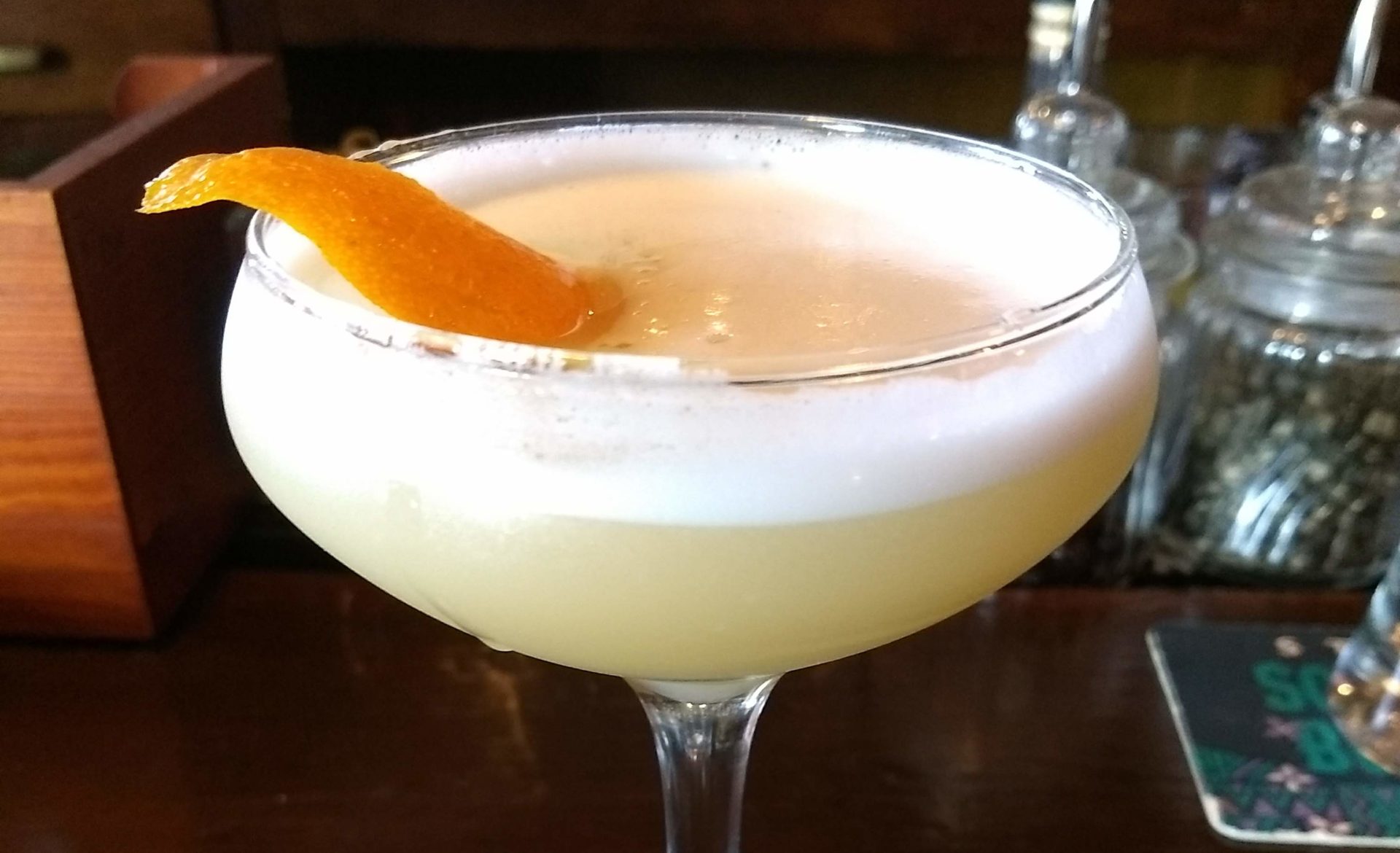
Midway through 2015, something remarkable happened in Dublin—a whiskey distillery opened. The city, which is world renowned for its bibacity, had been without an operating distillery since the 1970s. Teeling distillery’s arrival in the city’s ancient Newmarket Square was greeted warmly, not least for the droves of spending tourists it has lured.
For much of the 20th century, Irish whiskey was a dead man walking. Jameson’s pleasant, fruity whiskey was known worldwide, as was Belfast’s more grainy Bushmills. But few other brands found their way off the Emerald Isle, and only a handful of whiskey distilleries were in operation. Scotch whisky and American bourbon were held in far higher esteem most places.
It was quite a fall-off from the glory days. In the late 1800s, Ireland was the world’s biggest whiskey-maker, churning out even more alcohol than Scotland. Dublin alone had a few dozen whiskey distilleries, such as John Power and Son’s massive John’s Lane distillery. It belched forth 900,000 gallons of liquor per year, employed 275 men and had its own fire-suppression crew. (Alcohol and its vapors are very flammable.) Back then, Irish whiskey was highly regarded, and it was served as far away as San Francisco, where wharf bars put it in coffee.
Irish whiskey’s terrible fall began before the fin de siècle. Scottish distillers proved to be tough competition. Many of them replaced or supplemented their pot stills (which look like gourds) with more efficient and productive column stills. A whiskey glut ensued, and prices plummeted. Liquor firms in both nations went bankrupt.
Then there was the small matter of politics. The eruption of World War I brought prohibition to England, croaking a big market for Irish whiskey. Some Scottish distillers weathered the plummet in demand by making industrial alcohol (used as a solvent and for other purposes) for the Allies’ war effort. The Irish, whose relations never had been good with England, were not afforded that opportunity. Matters grew even worse when America went dry in 1919. With too much Irish whiskey and too few drinkers, nearly every Irish whiskey distiller went out of business in the ensuing two decades.
For the Teeling family, setting up shop in Newmarket Square was a bit of a homecoming. His ancestors had a distillery on nearby Marrowbone Lane in 1782. John Teeling made a splash in the whiskey world in 1987 when he opened Cooley Distillery in Louth, which is an hour’s drive north of Dublin. Cooley shook up the complacent, duopolistic Irish whiskey industry by bringing to market innovative and prize-winning spirits. Its Connemara whiskey, for example, is smoky like Scotch. The big brands upped their game and brought better products to market, such as Jameson’s 1780, a whiskey aged in sherry casks. Teeling sold its distillery to the Beam Suntory conglomerate for $95 million in 2012.
Presently, Teeling offers five different types of whiskey, none of which were produced at the Newmarket distillery, which is run by John’s sons Jack and Stephen. (The modest-sized plant has not had enough time to produce and age sufficient stocks.) The three Teeling whiskeys I tasted are very interesting and have distinct taste profiles. Teeling Single Grain is mostly corn-based and has been aged in red wine (cabernet sauvignon) barrels. It is light-bodied and tastes of honey and fruit. The Small Batch is a much bolder drink. This grain and barley spirit was aged in both bourbon and rum barrels. Teeling Single Malt is confoundingly intriguing, as it only could be. It’s a mixture of whiskeys aged in barrels that previously held sherry, port, Madeira and more. None of these Teeling products would be confused with the typical oily-bodied Irish whiskey.
Teeling is not the only new Irish whiskey-maker. Alltech, Blackwater, Dingle and a few other small distilleries have fired up their stills in the past four years. Additionally, Teeling refurbished the Harp Brewery in Dundalk into the Great Northern Distillery, which began making whiskey last year. All of which means consumers can expect to see more and more new Irish whiskeys on bar and shop shelves.
Kevin R. Kosar is a senior fellow at the R Street Institute and the author of Whiskey: A Global History. He is the editor and founder of AlcoholReviews.com. This piece also appeared on the American Spectator.

